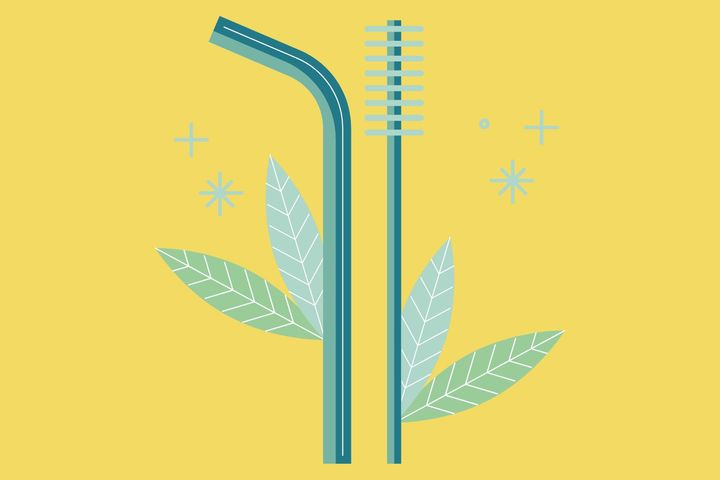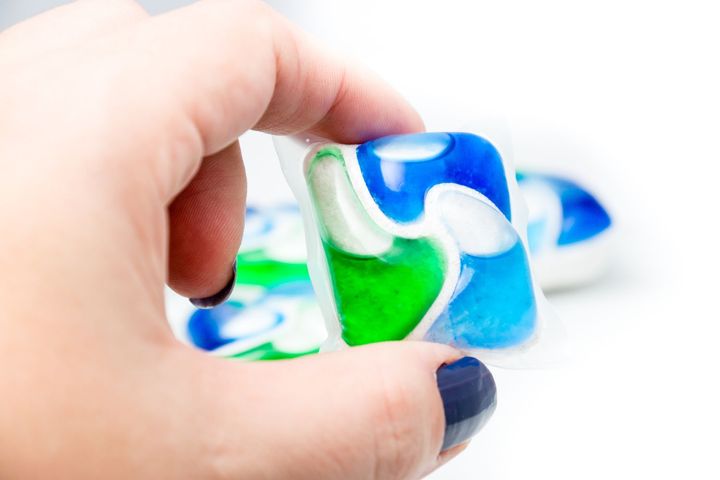What not to put in your beeswax wrap
Beeswax wraps can be used to wrap sandwiches, cheese, fruit, veggies, and so much more. But there are some things you should never put in your beeswax wrap.

Beeswax wraps are a sustainable, eco-friendly alternative to plastic wrap.
They are made of 100% cotton that is coated in a thin layer of beeswax, jojoba oil, and tree resin.
This creates a breathable barrier that helps keep food fresh.
Beeswax wraps can be used to wrap sandwiches, cheese, fruit, veggies, and so much more.
They can also be used as a place mat or to cover a bowl.
To learn more about beeswax wraps and to pick (or make) a great one for yourself check out our article 👉 The Ultimate Guide to Beeswax Wraps.
But there are some things you should never put in your beeswax wrap.
In this blog post, we will go over what not to put in your beeswax wrap.
Raw meat and fish
When the wrap comes into contact with raw meat or fish, the bacteria can transfer to the wrap itself. Because you can't use hot water to wash the wrap as this will destroy the coating, you can't be sure that your wrap is clean and bacteria-free. That's why beeswax wraps are not suitable for wrapping raw meat and fish.
Hot food
Hot food can melt the wax and cause it to stick to the food. Make sure the food has cooled down before wrapping it in beeswax wraps.
Wet food
Wet food can make the beeswax wrap soggy and increase the chances of mold growth. If you do need to store wet food in a beeswax wrap, make sure to pat it dry first.
Oily or saucy food
Oily, spicy, or saucy food can stain the wrap and damage the coating. If you need to save some saucy leftovers, place them in a bowl and cover the bowl with a beeswax wrap. Job done!


